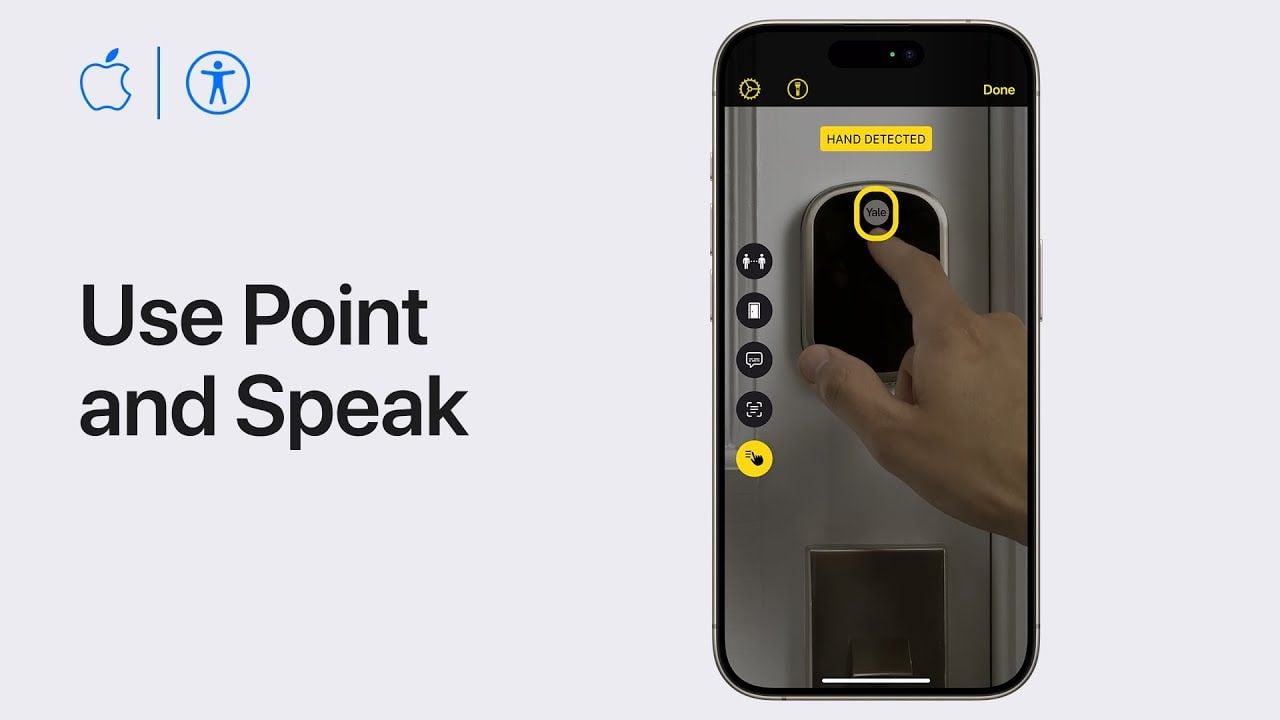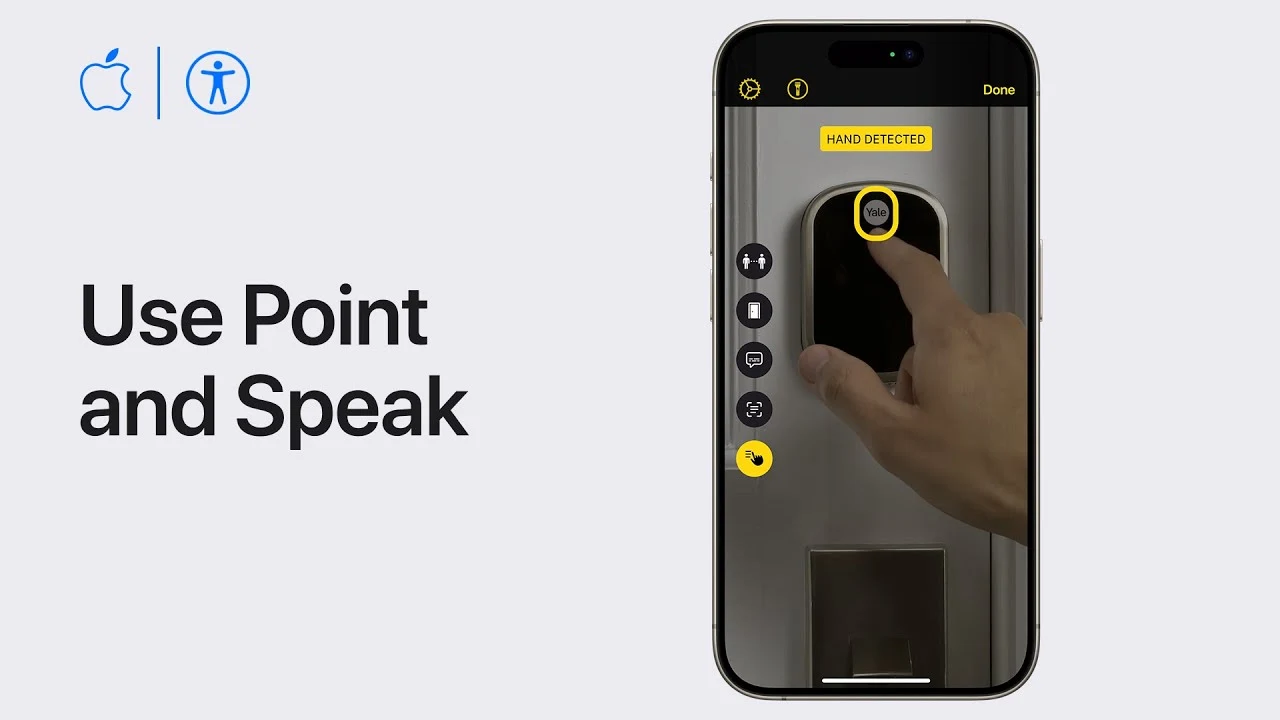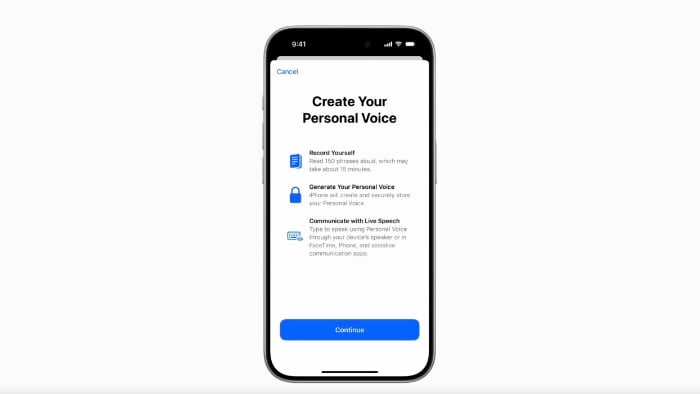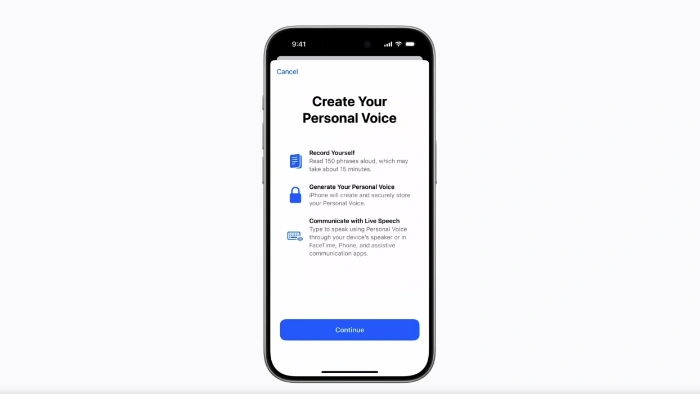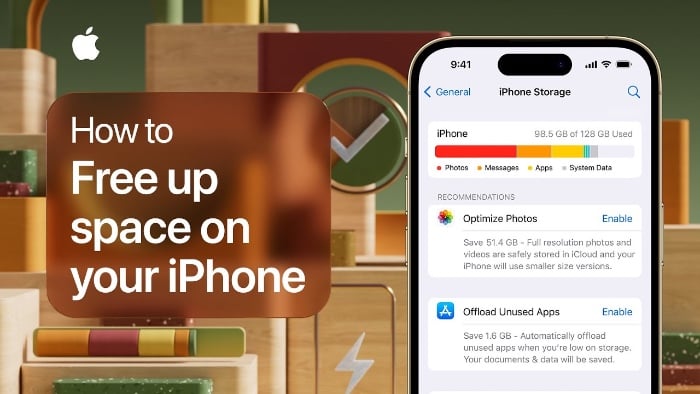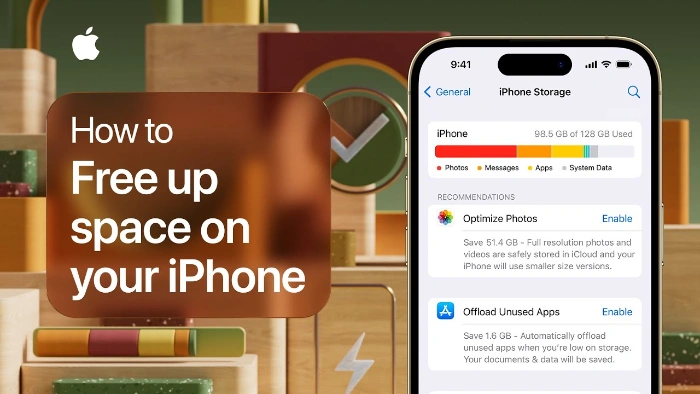However, this convenience comes with a caveat. As you continue to accumulate data in the cache over prolonged periods, the once-beneficial storage can become counterproductive. The cache may grow to a size that begins to encroach upon your device’s available storage space. Furthermore, this agglomeration of data can lead to diminished browsing performance and may even be the root cause of certain glitches or errors within websites and apps.
Therefore, the practice of regularly clearing your cache is recommended. Doing so not only reclaims storage space but also purges outdated or corrupt data that could be contributing to performance issues. Moreover, this process can assist in resolving some persistent problems that may have arisen during the use of websites or applications, as it forces a fresh retrieval of data, ensuring that the most current and functional versions are used. Engaging in this maintenance task can lead to a more efficient and smoother experience on your iOS devices.
Clearing Safari Cache
Safari is the default web browser on iPad and iPhone, and clearing its cache is a common way to optimize browsing performance. Here’s how to clear the Safari cache:
- Open the Settings app on your iPad or iPhone.
- Scroll down and tap on “Safari.”
- Scroll down and tap on “Clear History and Website Data.”
- Tap on “Clear History and Data” to confirm the action.
This will remove all website browsing history, cookies, and cached data from Safari.
For Other Browsers (like Chrome):
You can also clear the cache on third-party browsers like Chrome, Firefox and Edge on the iPhone and iPad.
- Open the browser app.
- Go to the app’s settings menu (often represented by three dots or lines).
- Find the Privacy section or something similarly named.
- Select “Clear Browsing Data” or a similar option.
- Choose what data to clear (like cached images and files) and confirm.
Clearing App Cache
Apps can also store cached data, which can take up storage space and potentially cause issues. Here’s how to clear app cache:
Open the Settings app on your iPad or iPhone.
- Tap on “General.”
- Tap on “iPhone Storage” (or “iPad Storage” on an iPad).
- Wait for the list of apps to load.
- Identify apps that are consuming a significant amount of storage space.
- Tap on an app to view its storage details.
Tap on “Offload App” to remove the app from your device while preserving its data. To clear the app’s cache without removing the app, tap on “Delete App” and then confirm the action. After deleting the app, you can reinstall it from the App Store.
Additional Considerations
Clearing the cache can sometimes cause temporary issues with websites or apps as they reload data. However, these issues should resolve themselves quickly. If you encounter any persistent issues after clearing the cache, try restarting your device.
It’s important to note that clearing the cache is not a regular maintenance task. You only need to clear the cache if you’re experiencing performance issues or storage space constraints. Excessive cache clearing can impact your browsing experience as websites will need to reload data each time.
By following these steps, you can easily clear the cache on your iPad or iPhone and potentially improve its performance and free up storage space. We hope that you find this guide helpful and if you have any tips, questions, or comments, please leave a comment below and let us know.
Image Credit: Maury Page


